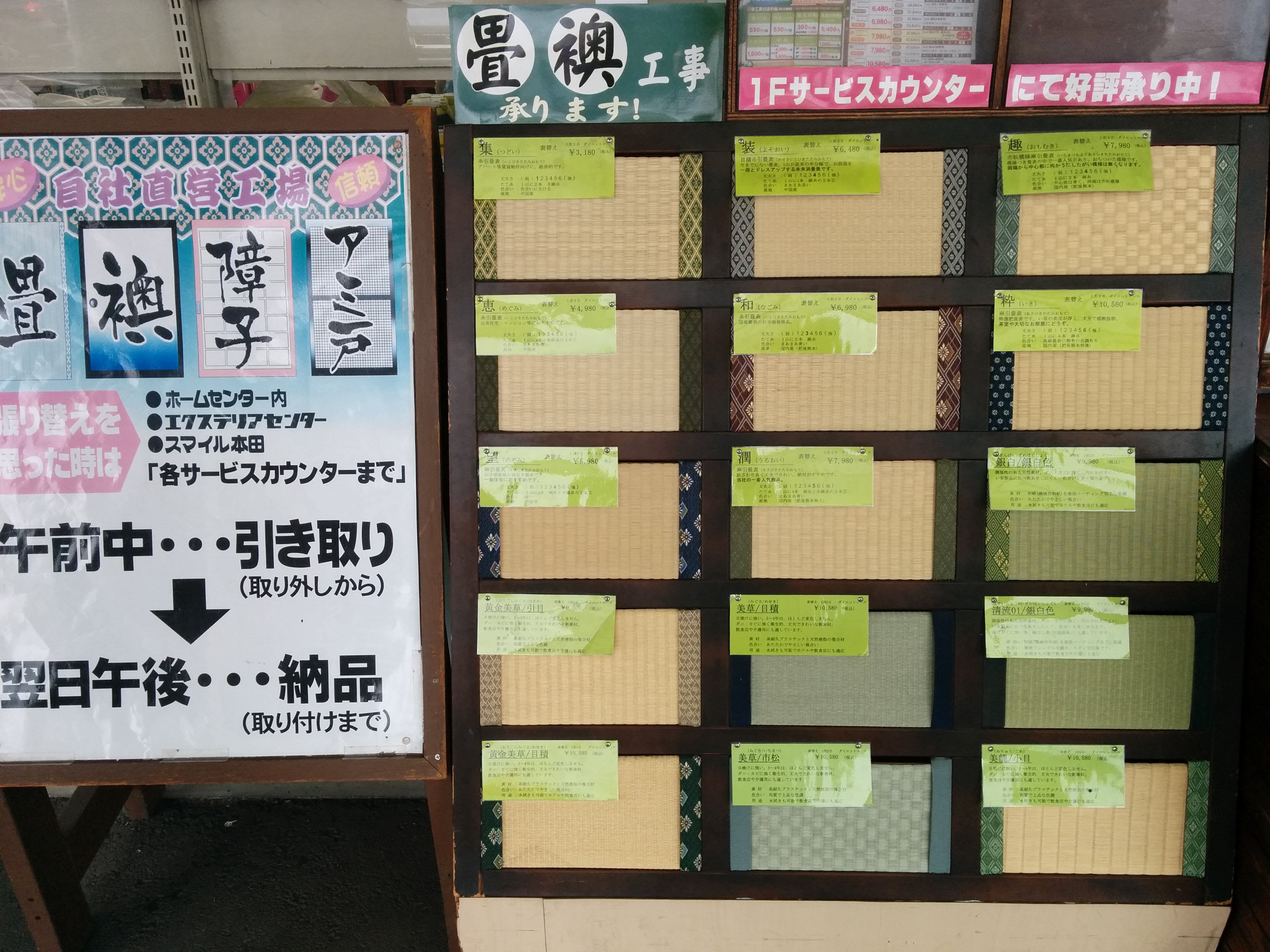When we were thinking of buying a condominium, we visited several old danchi — apartments built by Japan's former public housing corporation — because they were cheap and, we thought, easy to renovate. One of the units we inspected had bedroom floors made of tatami mats, and we wondered if we could replace them with real wood floors. The realtor told us that we probably couldn't. The tatami was mandated by the condo's management association because it acted as soundproofing. In fact, he didn't think we'd be able to install real wood floors anywhere in the apartment, because other than tatami only a certain type of sound-proofed laminate flooring was allowed in the building.
One of our non-negotiable conditions for owning a home was real wood floors, but they tend to be rare in Japan, mainly because they are considered expensive and difficult to maintain, which isn't necessarily true. Softer imported timber, like pine, is as inexpensive as the most conventional laminate flooring, and since Japanese people don't wear shoes in the home softer wood isn't as much of a problem as it would be in the West.
As far as maintaining real wood floors, it does take a little work, but the advantage is that everyday use of uncoated or lightly finished wood gives it a natural patina that obviates the need for special care, whereas the thin laminate of common flooring tends to crack and look cheap over time, even when it's coated. Of course, you get what you pay for and the more expensive the material the better it looks and the longer it lasts.



















With your current subscription plan you can comment on stories. However, before writing your first comment, please create a display name in the Profile section of your subscriber account page.